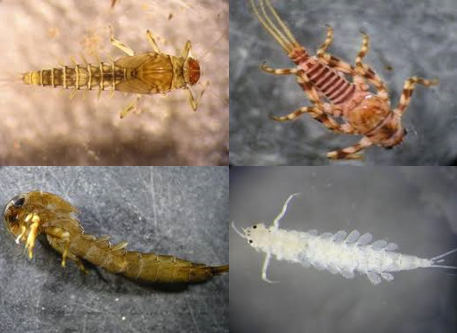
Since the inception of the Clean Water Act over fifty years ago, California has tried to keep our waterways healthy through a pollutant-by-pollutant approach. The idea being that, if we can limit the amount of each individual pollutant in the water, then our waterways will be healthy. But this approach has its limitations. Among other issues, it is difficult to understand how different chemicals will interact once they are in a waterway and it is hard to act quickly when a new pollutant is discovered.
These issues are why the San Diego Regional Water Quality Control Board (Regional Board) has adopted a new approach called the Biological Objectives through an amendment to its Regional Water Quality Control Plan. These objectives use a tool called the California Stream Condition Index (CSCI) which measures the amount and type of benthic macroinvertebrates (think small worms and insects) in a waterway and compares that to what you would expect to find in a healthy waterway. These critters are excellent indicators of water quality and respond to human disturbance in fairly predictable ways. And, if this tools tells us that a waterway is unhealthy, the State can better focus its time and resources on identifying and responding to the root cause of that biological degradation.
CCKA has been a long-time supporter of using science to guide policy, and the CSCI is a great example of how science can help us be more specific and efficient in our approach to healthy waters.
However, while the Regional Board has adopted this approach, it still needs approval from the State Water Resources Control Board (State Board). The State Board has been waiting to vote on the Biological Objectives for nearly four years and, just this month, finally decided to act. This September, the Board plans to hold an adoption hearing to vote on the use of the Biological Objectives.
CCKA plans to advocate at the State Board to approve of the Regional Board’s amendment to ensure that the use of the Biological Objectives can begin soon and in earnest. The State Board has already delayed the implementation of this tool for four years and should not delay it any further.
Stay informed of our policy work and our efforts to protect California’s waters by subscribing to California Coastkeeper Alliance’s monthly newsletter, becoming a lifetime member, or following us on social media: @CA_Waterkeepers.
Staff Attorney Cody Phillips advocates for statewide policies that protect water quality and access to clean water throughout California.



